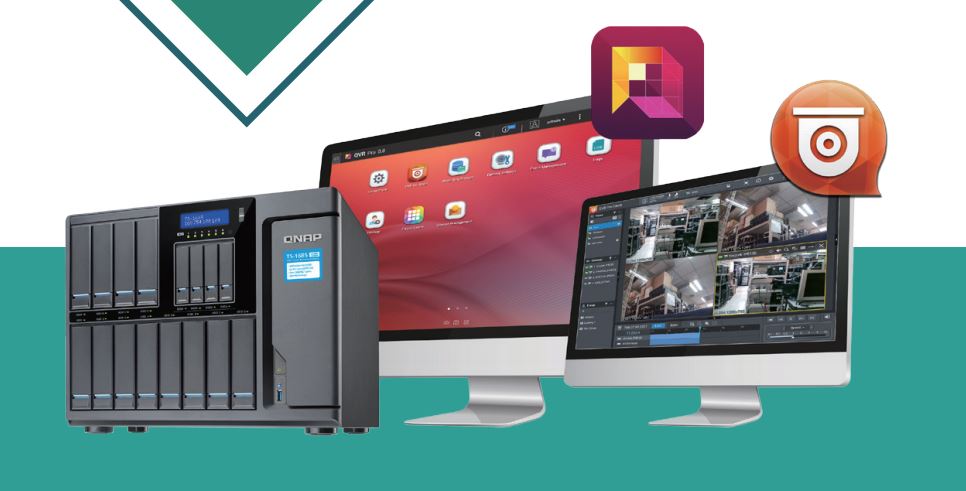


Now you may click Monitor to preview the camera. Step 7. Click Finish to complete the process. Step 6. Confirm the settings and click Nex t. Set up the recording schedule and click Nex t. Check Enable manual recording and click Next.
#Qnap qvr client when split screen how to
The default Port should be 80. If you have changed the ports, click to see how to find their current value.

Input the IP address, username, and password of your camera. Note: Choose Reolink as Camera Brand, then choose the camera mode of your camera. Step 3. Fill in the information required, and click Next. Step 2. Uncheck Search camera(s) automatically, and click Next. Step 1. Launch QNAP Surveillance Station, go to Camera Settings > Camera Configuration, and click Add to add new camera. Method 2: Add the camera via the Reolink protocol Note: If your camera model is E1 Pro, you need to change Camera Model to ONVIF Cameras, instead of ONVIF ProfileS Cameras. Enter the username and password, and click Test, if you see the tick icon, it means the configuration is correct, click Next then you successfully add the camera to QNAP. Select ONVIF for the Search type, select the camera and click OK. Step 1: Launch QNAP Surveillance Station, go to Camera Settings > Camera Configuration, click Add, then click Next. You can add the camera to QNAP by Surveillance Station or QVR Elite. Note: Accessing through 3-party software is currently not available for Reolink battery-powered cameras for saving battery life.īefore adding the camera to QNAP, make sure that the camera ports are all enabled via Reolink Client or web browser. You may follow the steps below to add Reolink cameras to QNAP.Īpplies to: All Reolink cameras that support ONVIF. QNAP can be used for storing recordings of Reolink cameras.


 0 kommentar(er)
0 kommentar(er)
